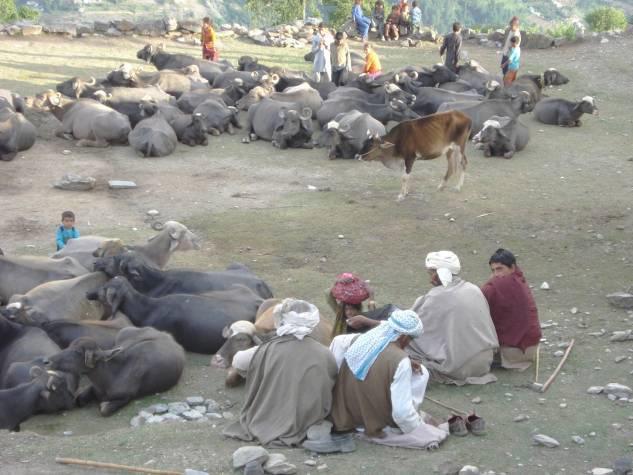Prakash Bhandari
Other projects
30 Sep 2011
Sustainable Utilisation based Conservation of NTFPs through Community Institutions in Chamba District, Himachal Pradesh, India II
This project aims to facilitate the process of building collective action among NTFP collectors and put in place systems of protection, management and sustainable utilization of NTFPs through localised village level institutions.

Collecting NTFPs (which are primarily medicinal and aromatic herbs like Valeriana spp., Jurinea, Heracleum spp., Podophyllum, Aconitum and Picrorrhiza) for sale is the main source of cash for the people of high altitude areas of Himachal Pradesh. The money is used mainly to clear the debt from the local trader/shopkeeper for provisions supplied during the year. These rare herbs are mostly root crops and it takes 3 years for the plants to mature from seed. The forests in most areas of the state have been severely depleted of these plants due to absence of community based mechanisms to regulate extraction which results in over extraction by the collectors. As a result many of these herbs are in verge of extinction and jeopardising local livelihoods and impoverishing biodiversity. Two years back the applicant took up a pilot initiative in one village of Tissa block of Chamba district, which is one of the 50 most deprived districts of India, to collaborate with the local herb collectors to replenish local forest areas with herbs like Valeriana, Heracleum and Podophyllum and set up systems of protection, management and sustainable harvesting mechanisms.
The proposed project plans to expand the initiative in Kut Butoa village to other five villages and make it self-perpetuating by incorporating mechanisms for sustainable harvesting. Only the villages with easily manageable forest areas that agree to adhere to the basic principles of group functioning, ensuring equity and sustainability of resources through commonly agreed mechanisms would be selected as initial partners in the proposed project.
The major activities that will be carried out under this project will be building initial consensus within nearby villages through dialogue and awareness generation, selecting 5 new villages for initiating NTFP management, collection of baseline data on local status of NTFPs through participatory household and vegetation survey; microplan formulation at village level involving mechanisms for functioning of village institution and the management (propagation, protection and harvesting) of NTFPs; implementation of microplans including capacity building for and establishment of community nurseries; and initiation of sustainable harvesting practices for plantation of NTFPs in Kut-Batoa village.
In the long run, the acceptance for resource management through village level institutions, coupled with advocacy to mainstream the approach into government functioning (ongoing), shall contribute to spread the work in other areas and the conservation of a variety of commercially exploited species.